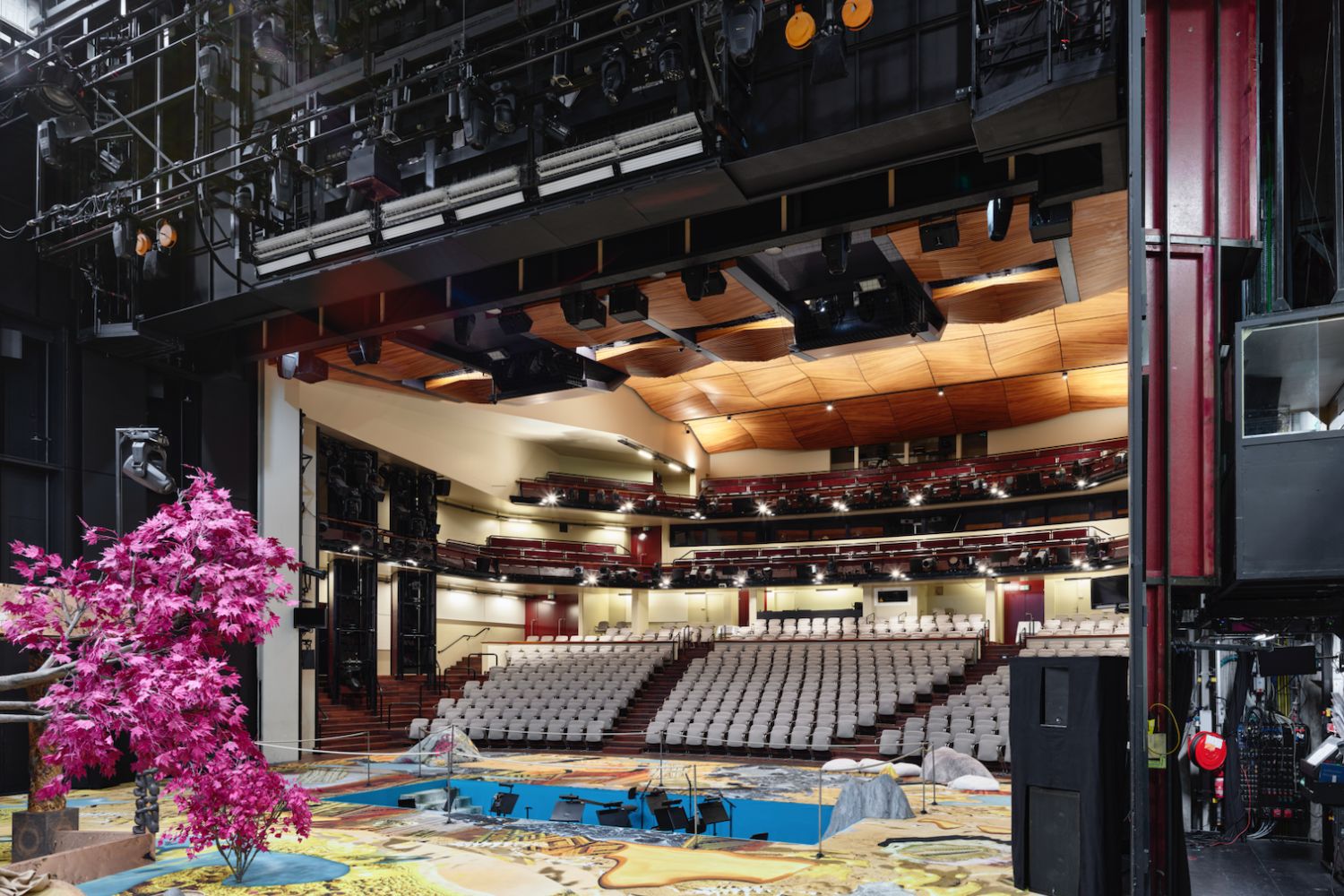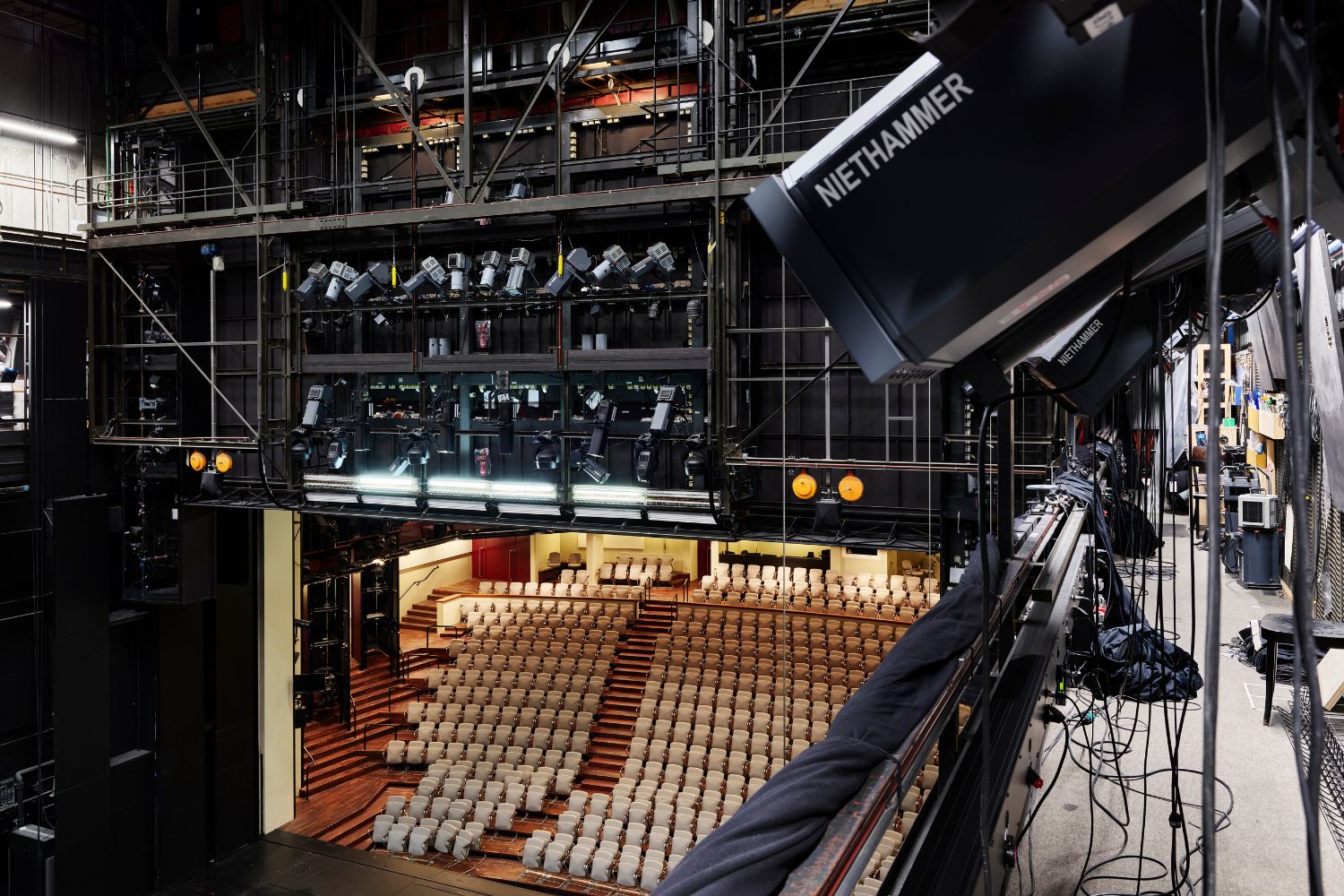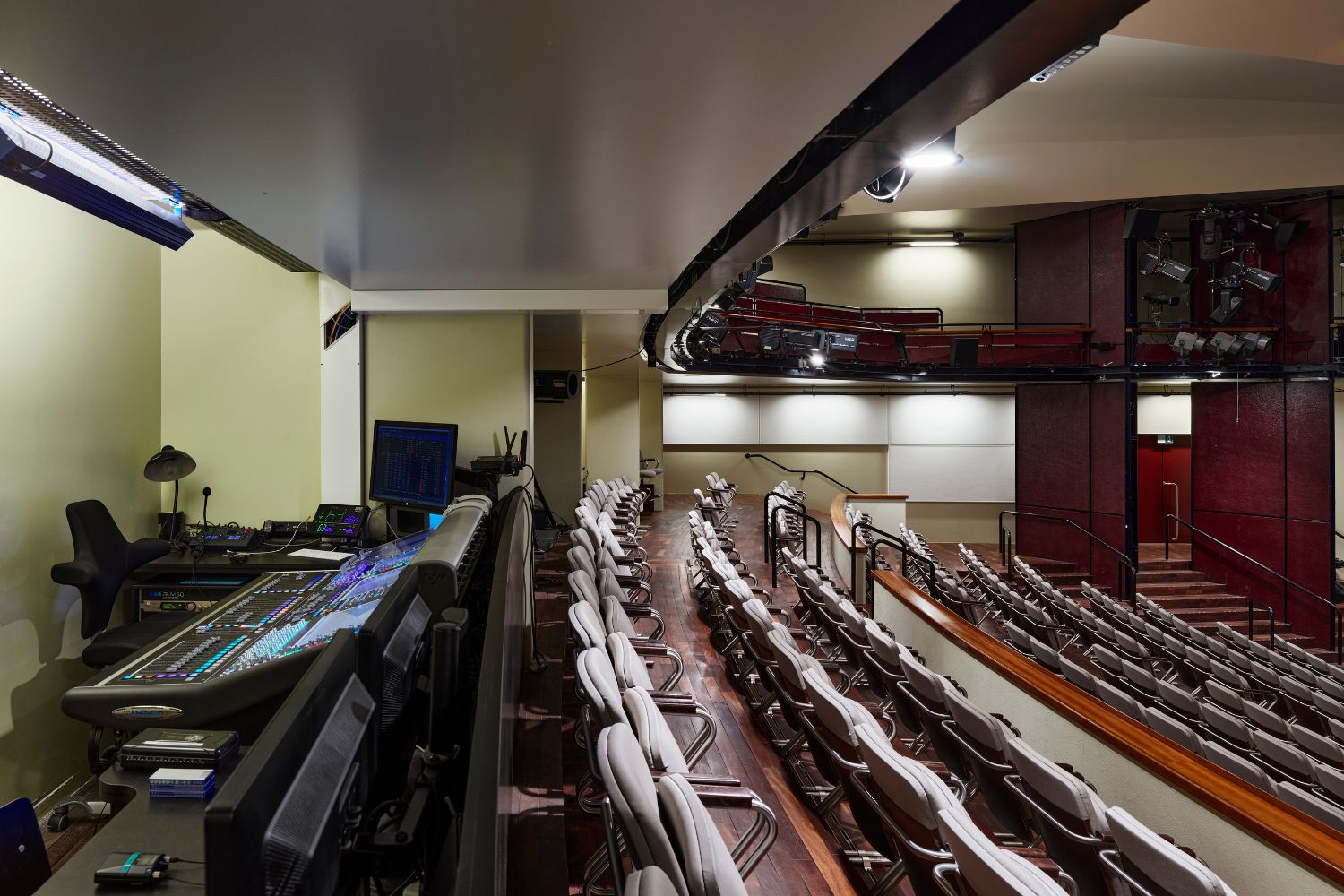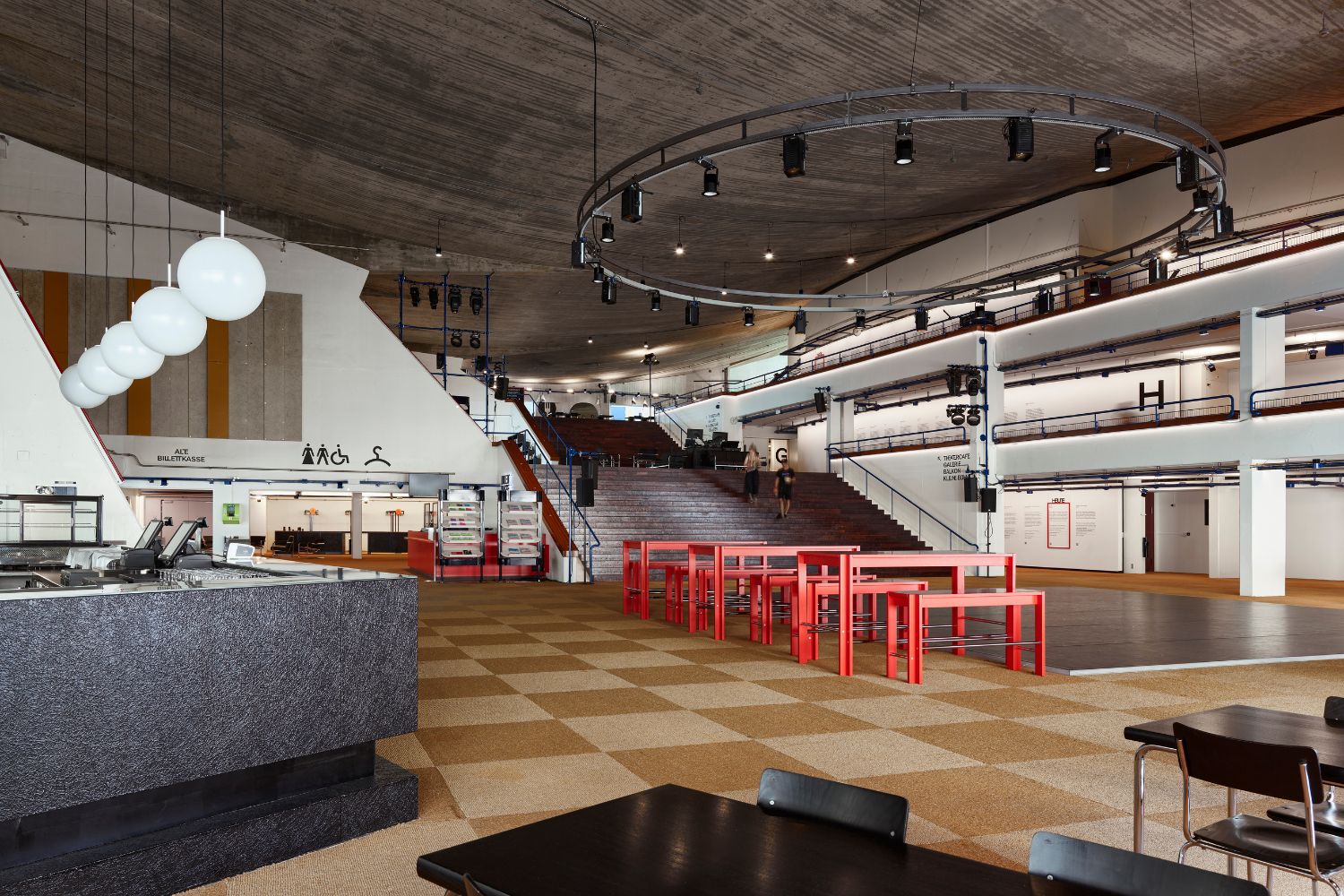Project Description
Overview
The roots of the Basel City Theater were planted in 1834. In 1975 the theater moved to its current location in the city center beside the world-famous Tinguely Fountain. Theater Basel, Switzerland’s largest three-discipline theater, offers a diverse schedule of opera, drama, and ballet along with children’s and youth programs. From September to June, some 600 performances of over forty new productions are presented each season on the theater’s three stages (large, small and drama.) A staff of nearly 400 theater professionals from producers, directors, technicians, and stagehands, to set designers/builders, hair and makeup artists, and on-stage talent are employed before and behind the curtains.
Program
More than forty years on in their “new location” the Basel City Theater’s age began to show. Wear and tear from constant use became increasingly apparent. An essential three- year (2019-2021) comprehensive renovation was mandated. In addition to the physical aspects of the performance platform, various electrical and scenic systems were analyzed in terms of energy efficiency, expandability, maintenance, and performance requirements. Their replacement was initiated. WSDG was selected to plan and supervise the overhaul and coordination of the theater’s transition from analog to digital systems. Selmoni, a prominent electrical planner with extensive theatrical project proficiency was tasked with engineering the electrical systems.
Design
By summer 2019 with planning, financing and systems design and integration resolved, the technical service experts began the pragmatically programmed, systematic physical renovation. A precise timeline had been instigated to enable all the contractors and systems installers to accomplish their missions during the theater’s traditional summer break. The scenic power supply was replaced, and additional space was obtained by reconfiguring the left and right stage riser zones. Eleven new electrical sub-distributions were installed at six locations by electrical contractor Etavis. The main theatrical technical lifelines – including audio, lighting, communications, and video cabling – engineered by WSDG provided significant adjustments to the scenic installations. Approximately 50% of the lighting circuits were implemented using simpler switch actuators for LED spotlights or DMX-controlled moving lights. A modern lighting control system and a 3D workstation for the visualization of lighting scenes in advance and an offline workflow were integrated into the production process. The tasks of the audio and video department, which are constantly gaining in importance in the scenic operation including a complex sound system with decentralized loudspeakers in the auditorium for permanent sound reinforcement, were met by a new mixing console system with redundant fiber optic as well as correspondingly adapted control workstations. Various feeds and audio signals are transmitted via a Dante VLAN integrated in the IT network and are thus available throughout the building. Stage managers control panels for light signals, communication, an HD-SDI video matrix for the conductor’s camera and various other image signals were implemented as well. AV system integrator Auviso was contracted for all deliveries, installations, commissioning and programming of the highly complex scenic AV and lighting infrastructure.





